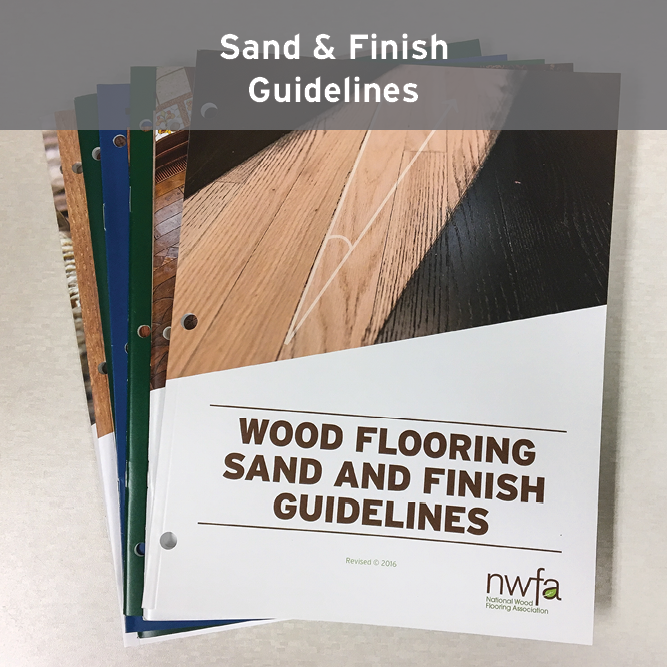Industry Q&A
Innovative Flooring Solutions Transforming Healthcare Environments

Seamless sheet flooring, like Tarkett’s iQ collections, help to reduce areas where contaminants can collect, making them easier to clean and maintain. Photo: Tarkett.
The evolution of healthcare facilities has placed new demands on every design element, including what's beneath our feet. Flooring selections have become increasingly sophisticated as hospitals and clinics strive to create healing environments that balance patient comfort with stringent performance requirements.
In this exclusive interview, Sandra Soraci, director of healthcare and senior living segment strategy for Tarkett North America, shares insights on the latest trends and innovations in healthcare flooring. From seamless sheet materials that support infection control protocols to sustainable non-PVC options and breakthrough installation technologies, Soraci reveals how today's flooring solutions are helping healthcare environments meet complex challenges while creating welcoming spaces for patients and staff alike.
Floor Trends & Installation: What trends are you seeing in healthcare flooring specifications?
Sandra Soraci: Today’s healthcare environments are designed to feel calm, welcoming, and supportive while still meeting the high-performance demands of these spaces. We’re seeing more use of color and wood tones in patient rooms, lobbies, and wayfinding areas, creating spaces that are both inviting and functional.
From a performance standpoint, sheet flooring remains a top choice for healthcare. Facilities continue to focus on materials that support cleaning protocols and infection control. While flooring isn’t a high-touch surface, research shows it can contribute to the spread of pathogens on high-touch areas. Seamless sheet flooring, like Tarkett’s iQ collections, helps minimize these concerns. With integral cove base and heat-welded seams, these products reduce areas where contaminants can collect, making them easier to clean and maintain.
Floor Trends & Installation: How important are non-PVC options?
Soraci: Every project has different priorities, and material selection plays a key role in meeting both sustainability and performance goals. Tarkett offers a broad spectrum of trusted flooring solutions, ensuring the right product for each space, whether that includes PVC or non-PVC options. Our goal is to provide solutions that support both environmental and functional requirements without compromise.
We have seen increasing interest in non-PVC options, particularly for projects with specific material requirements. Tarkett has long offered PVC and non-PVC solutions, including Johnsonite rubber tile and our carbon-negative linoleum, which have been part of our portfolio for years. More recently, we’ve expanded our offerings with non-PVC planks and tiles, giving customers greater flexibility in selecting products that align with their project’s objectives. These options are particularly well suited for common areas, corridors, and dining spaces, providing both design versatility and durability.
Floor Trends & Installation: What are some new technologies in healthcare flooring?
Soraci: We’re excited to showcase several leading innovations that support healthcare environments.
Our iQ flooring collections stand out for their durability and ease of maintenance. These homogeneous sheet vinyl products resist stains and scratches and never require a floor finish—a simple dry buffing restores their original appearance. That’s a major advantage for reducing maintenance costs in high-traffic healthcare spaces.
We recently introduced non-PVC planks and tiles, providing a durable, low-maintenance alternative to traditional LVT with the same aesthetic appeal. These products offer dimensional stability, impact resistance, and ease of maintenance, ensuring they perform well in healthcare environments.
Powerbond hybrid carpet continues to be a leading solution, thanks to its closed-cell, impermeable cushion and chemically welded seams, which create a wall-to-wall moisture barrier. It remains one of the most trusted flooring technologies in the industry, and in 2022, Powerbond RS became the world’s first soft-surface flooring to be Certified Asthma & Allergy Friendly.
Beyond our product innovations, we are also focused on sustainable end-of-life solutions. Through our ReStart take-back and recycling program, Tarkett ensures that all of our flooring products (and many from other manufacturers) can be returned for responsible recycling or reuse. When a customer chooses a Tarkett flooring, as long as what’s coming out is a product type that we make, we will take it. We’ve also partnered with Mycocycle, a biotech company that uses mushroom root systems to break down construction waste. We are partnering for innovation as we work together to find new recycling pathways to create a circular economy.
Floor Trends & Installation: How about faster installation times?
Soraci: Speed to occupancy is critical in healthcare, and flooring can play a major role in keeping projects on schedule. That’s why we’ve developed solutions that streamline installation without sacrificing performance.
Our iQ collections, for example, use RollSmart adhesive, a solvent-free, easy-to-apply adhesive approved for use under hospital beds. It’s applied with a standard paint roller, so flooring installs quickly. RollSmart also allows immediate heat welding and has no traffic restrictions after installation. That’s a huge benefit for healthcare environments where every minute counts.
At the end of the day, our focus is on delivering innovative, high-performing, efficient flooring solutions that meet the evolving needs of healthcare spaces.
Read more about healthcare flooring: Healthcare Flooring Innovations Steal the Show at 2025 PDC Summit in Atlanta
Looking for a reprint of this article?
From high-res PDFs to custom plaques, order your copy today!









